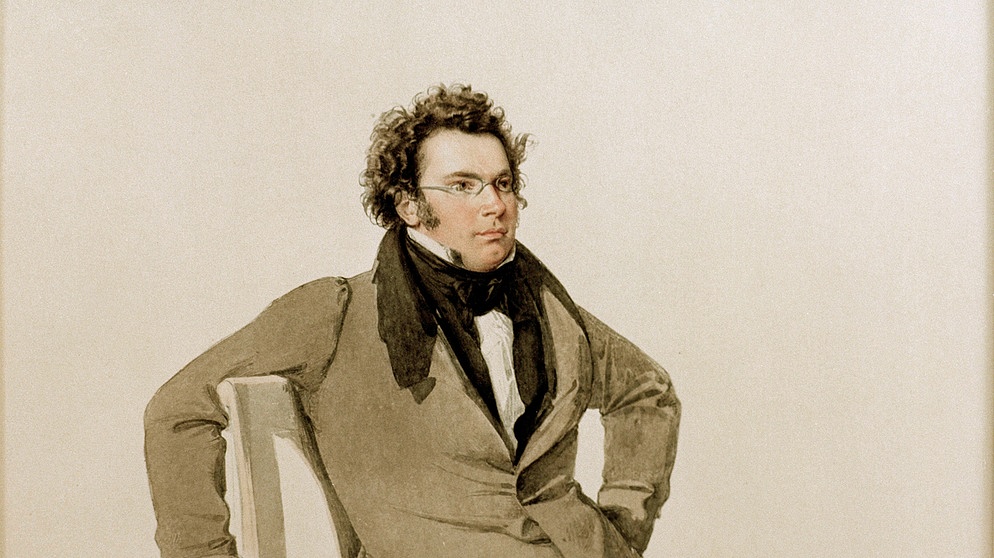Search
Items tagged with: Music
Today is the last day of G+
I am in the mood for #Music...
please bare with me...
#GooglePlus how we wish you will be the one who'll lead these pipers
to fight the #Spammers #theSecurity
But where are these two??
That prompted you to #ShutDown
#PipersTillTheEnd
#MarkKnopfler
I am in the mood for #Music...
please bare with me...
#GooglePlus how we wish you will be the one who'll lead these pipers
to fight the #Spammers #theSecurity
But where are these two??
That prompted you to #ShutDown
#PipersTillTheEnd
#MarkKnopfler


























